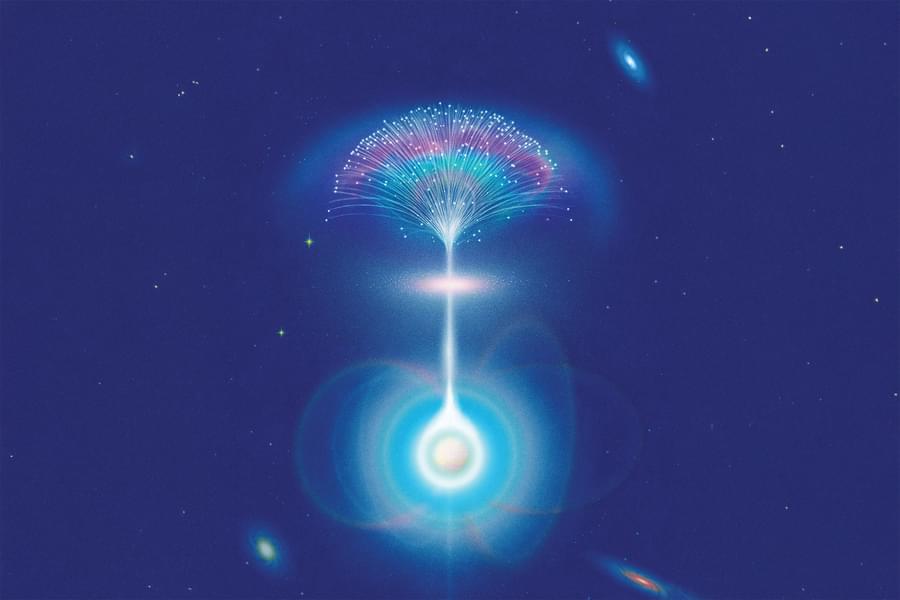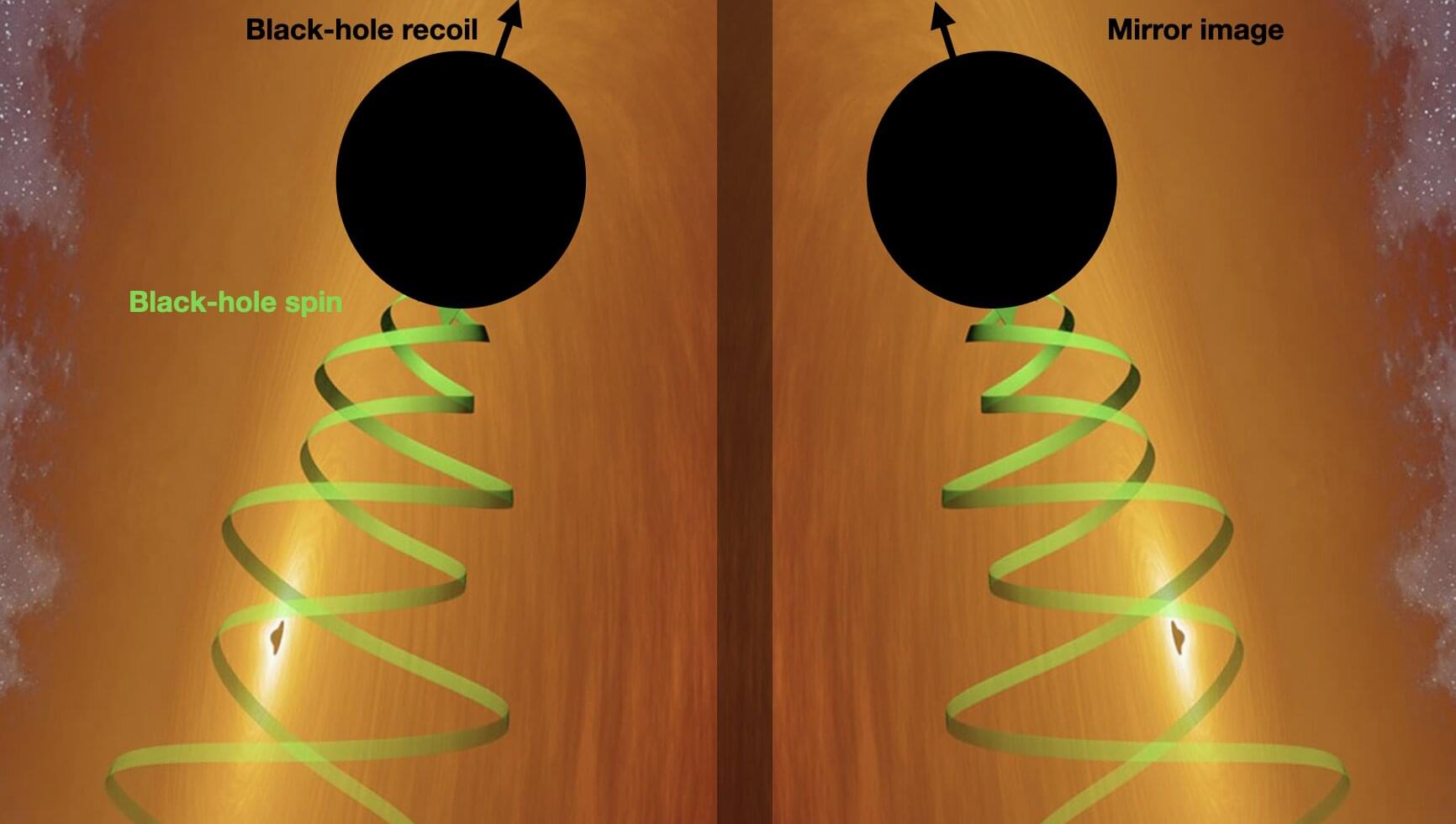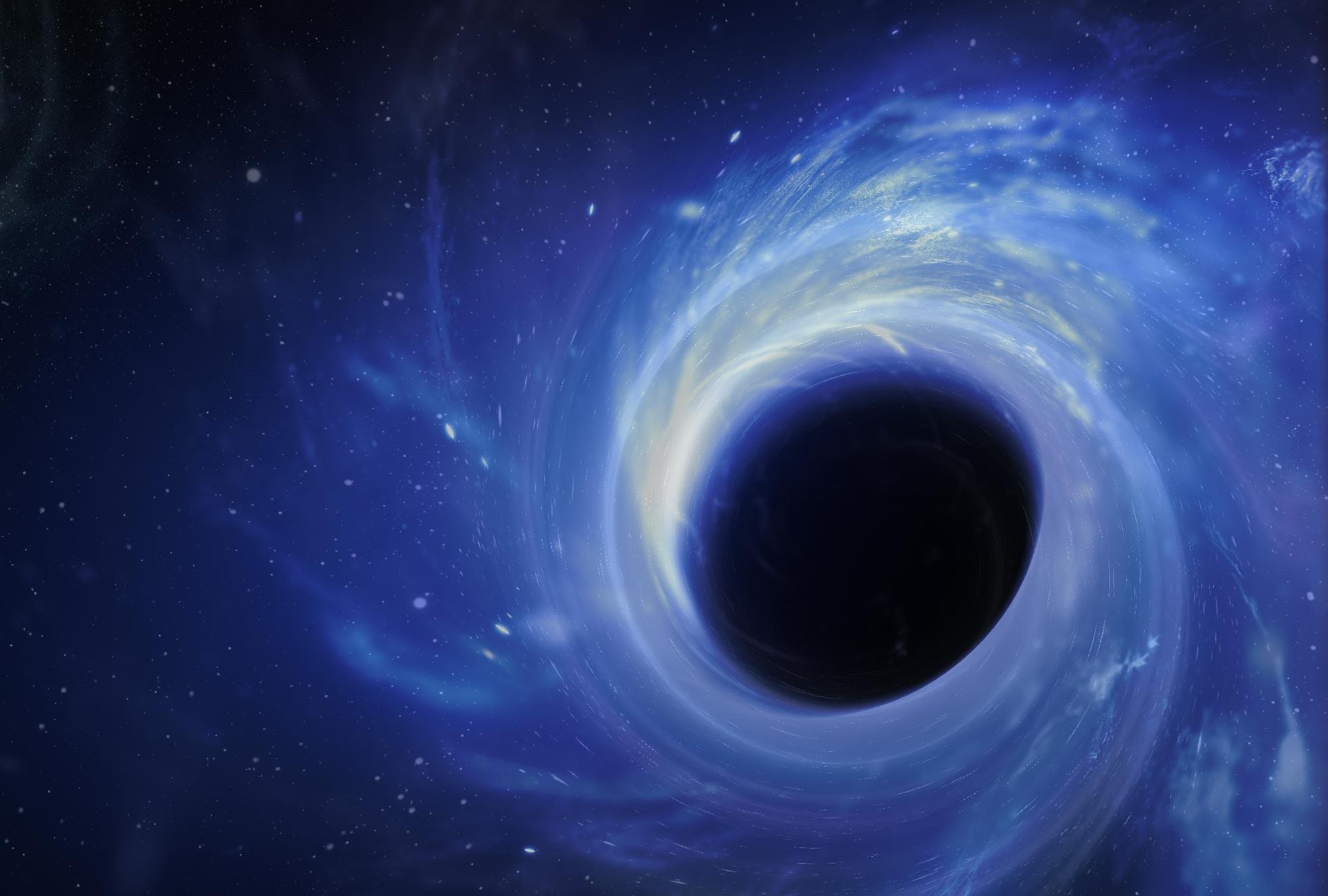Many seek a path to enlightenment through study and meditation, but what does science tell us about transcendence? And could entire civilizations seek to leave this reality behind?
Watch my exclusive video Exploring The Multiverse: https://nebula.tv/videos/isaacarthur–…
Get Nebula using my link for 40% off an annual subscription: https://go.nebula.tv/isaacarthur.
Get a Lifetime Membership to Nebula for only $300: https://go.nebula.tv/lifetime?ref=isa…
Use the link gift.nebula.tv/isaacarthur to give a year of Nebula to a friend for just $30.
Check out https://evodevouniverse.com/ to learn more about Transcension Hypothesis or the 2012 Paper:
https://www.researchgate.net/publicat…
Visit our Website: http://www.isaacarthur.net.
Join Nebula: https://go.nebula.tv/isaacarthur.
Support us on Patreon: / isaacarthur.
Support us on Subscribestar: https://www.subscribestar.com/isaac-a…
Facebook Group: / 1583992725237264
Reddit: / isaacarthur.
Twitter: / isaac_a_arthur on Twitter and RT our future content.
SFIA Discord Server: / discord.
Credits:
Transcendence.
Episode 465; September 19, 2024
Written, Produced & Narrated by: Isaac Arthur.
Editors:
Dillon Ollander.
John M Smart.
Graphics:
Jeremy Jozwik.
Ken York.
Sergio Botero.
Select imagery/video supplied by Getty Images.
Music Courtesy of Epidemic Sound http://epidemicsound.com/creator



